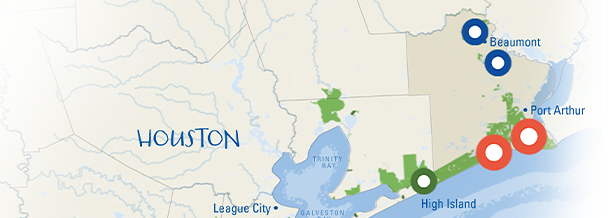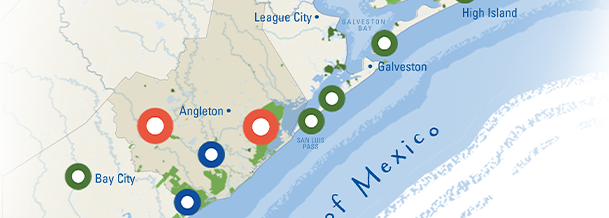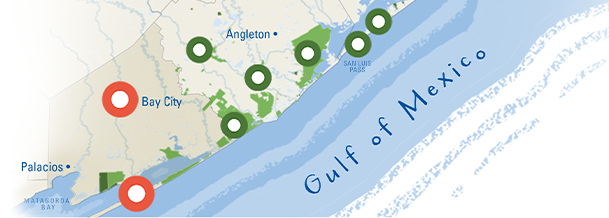The Upper Texas Gulf Coast is a natural treasure that's been a well-kept secret for far too long. Often overshadowed by industrial development, this coastal region is a critical stopover on the central flyway for neotropical migratory birds and boasts a rich diversity of habitats that are unique within the United States. From beaches and bays to marshes, forests, and prairies, you’ll find endless opportunities to camp, kayak, fish, and explore.
The location and varied habitats also make this region home to a large colonial water bird population and five sea turtle species, as well as the second most abundant estuary in the nation. Located at the crossroads of important north-south and east-west transition zones, the biological diversity of the Upper Texas Gulf Coast is truly remarkable. Come discover the ecological abundance and experience this unique region for yourself.
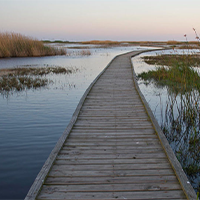
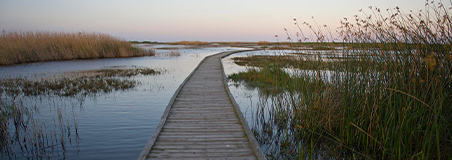
Experience the quiet salt marshes and sandy beaches that ebb and flow with the mighty Gulf. These marshes are home to an astounding variety of wildlife. Rent a kayak and paddle along marsh trails where you may spot an alligator, a river otter, crabs, clams, or the bright pink of a roseate spoonbill.
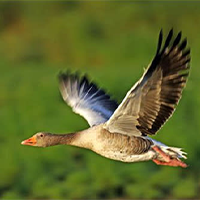
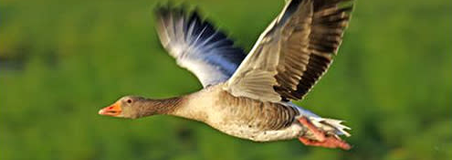
Explore the largest freshwater marsh on the Texas shoreline! Enjoy wildlife-related recreation, including fishing, crabbing, wildlife watching, and waterfowl hunting. Take an autotour to where up to 100,000 wintering waterfowl make their home, and depending on the season, you may be covered up by many other bird species as well.
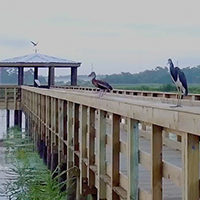
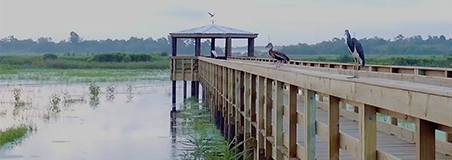

This freshwater wetland with fantastic birding, abundant aquatic wildlife and miles of hiking paths make this a great place for nature-lovers. Watch for alligators sunning themselves along the banks. A wooden boardwalk with viewing platforms extends into the marsh to get a closer look at its aquatic mammals and more than 250 species of birds annually, including: pelicans, egrets, roseate spoonbills, ducks, ibis, doves and red-winged blackbirds.
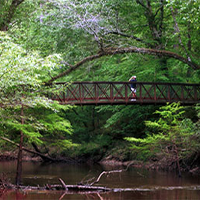
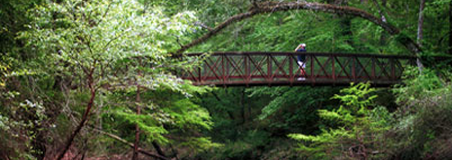

The legendary Texas Big Thicket was so dense and unruly that European settlers avoided its borders for decades. Today you can hike its trails through loblolly pine forests and paddle through waterlogged sloughs.
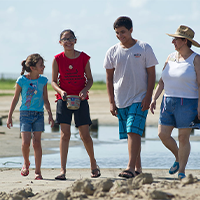
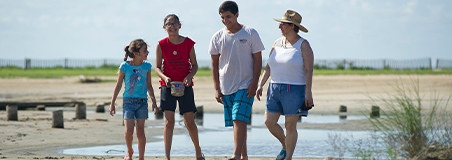
Whether you’re Team crab net or Team chicken neck on a string, try your hand at catching a few crustaceans in Sea Rim’s shallow marsh waters.


Situated on a barrier island, between the sandy beaches of the Gulf and salt marshes of the bay, this island park also invites you to explore freshwater swales, dunes, and remnant prairies. With a wealth of amenities, from lodges and tents to paddle and beach equipment, including water wheelchairs, anyone can easily access the Gulf and stay a while! Just a 20-minute drive from the historic Strand district in Galveston, this incredible and varied outdoor experience is convenient from Houston and the entire region.
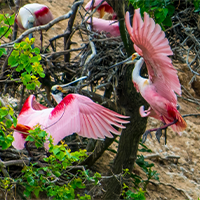
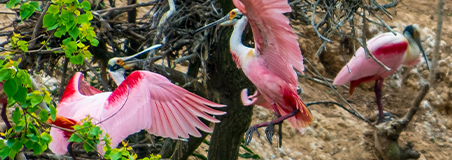
With elevated boardwalks,viewing stands, and trails winding through oak mottes, ponds, wetlands and coastal prairie, this sanctuary inspires avid birders and amateurs alike. High Island sits above the water on a salt dome where you’ll be greeted by herons, egrets, and spoonbills jostling for a nesting spot. The birds forage the marshes by day and return to the safety of the trees at night.
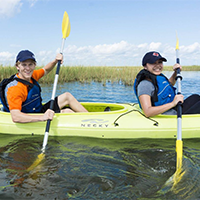
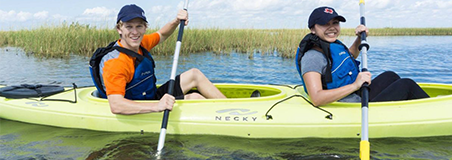

Traverse the coastal wetlands and marvel at the intricacies of this complex ecosystem. Choose a longer guided tour and you’ll even get to paint with watercolors en plein-air!
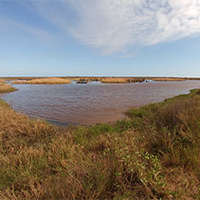
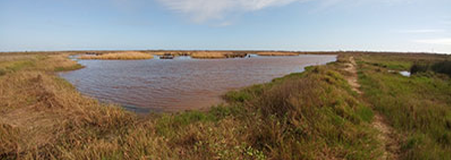

This wetland complex includes salt marsh and wet coastal prairie surrounding a shallow tidal lagoon. It is a critical habitat for large numbers of shorebirds, waders, and ducks.

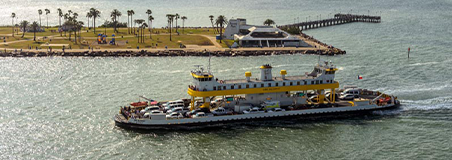
Want a fun and free way to get out on the water and maybe even spot dolphins?! The ferry runs regularly between Bolivar Peninsula and Galveston Island.
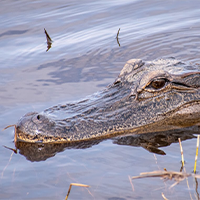
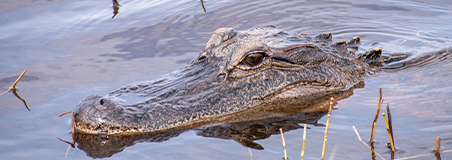
Experience the intersection of forest, wetlands, and prairies that give respite to 200 million neotropical birds each spring. These birds fly more than 600 miles across the Gulf in a single night before landing on the incredible habitats of the Upper Texas Gulf Coast! If you’re trying to identify a bird call here, just know it could be one of 237 species!
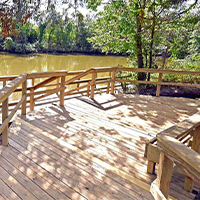
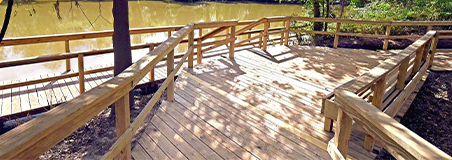
Discover a unique sanctuary in the lush Columbia Bottomland habitat of Beal Unit. Wander through an old growth forest, and bask in the shade of atmospheric giant Live Oaks draped in Spanish moss while trying to spot whitetail deer, raccoons, swamp rabbits, great horned owls, and red-shouldered hawks. You can also fish in the San Bernard river and enjoy the playground at Hanson Riverside!
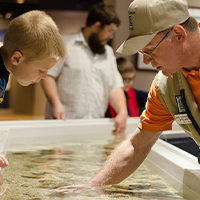


Dive into and explore marine habitats and varied species of the region. You can see—and even touch—them up close at the aquarium! Walk along marshland boardwalks, or reserve a tour of the fish hatchery where fish are bred to be released into the wild.
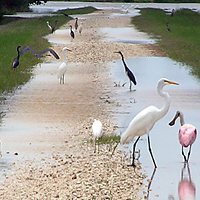
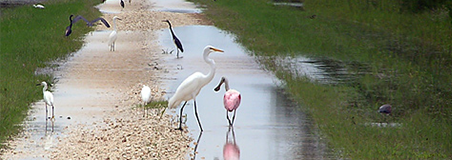

Stroll the boardwalks here and look out for alligators, wild hogs, butterflies, and frogs, as well as many types of trees and flowers. A biologist once went into the Bottomlands to count the flower species, and found 335 different kinds!
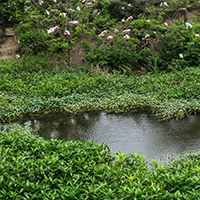
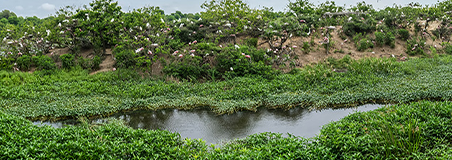
Marvel in the magic and diversity of this region’s wetlands. On the Upper Texas Coast you’ll find both saltwater and brackish tidal wetlands between the land and sea, as well as freshwater wetlands in prairies and forests.
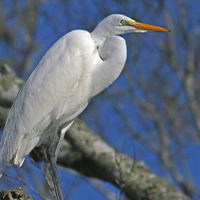

Every year around Christmas, people all over America join in the Audubon bird count. And each year, more species are found in Matagorda County than anywhere else in the country! The Nature Center showcases the variety of habitats—Columbia bottomlands, wetlands and prairies—that make this region so welcoming to birds.
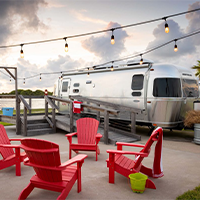
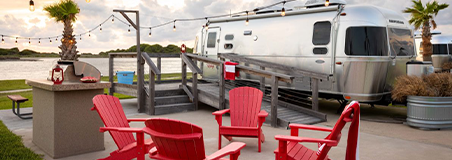
Where the Colorado River meets the Gulf, peace and serenity abound. From a lodge—or camp site—you can fish, ride horses, stroll miles of undeveloped beaches, or enjoy a guided adventure tour. These pristine and powerful beaches form a barrier island that mitigates the energy of storms.
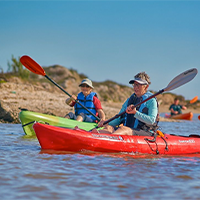
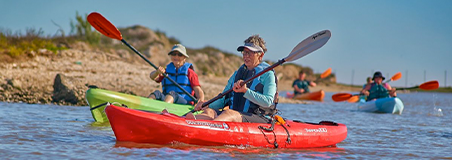
Kayak in the brackish bays that thrive behind the protection of the barrier islands. Long-legged herons wade and sea turtles forage for jellyfish, crabs, and seagrass.

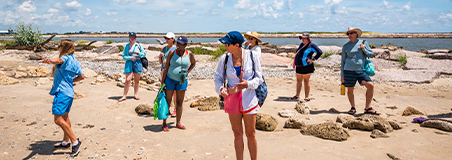
The sea delivers a bounty on these shores, especially following a storm. It’s a delightful morning for kids and adults alike to wander free along the Gulf, collecting shells and other ocean treasures.
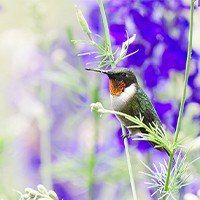
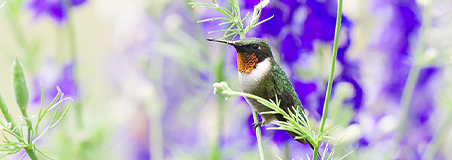
Binoculars, a field guide, plus a little patience and curiosity are enough to get you started. Pick a look-out spot near where birds can find both food and water.





